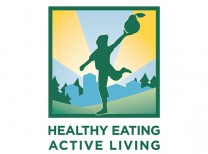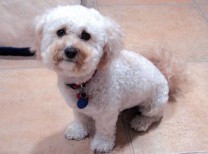Every summer for the past 15 years I have worked with girls and boys of all ages, from different ethnic backgrounds and locales, with varying physical builds. The one thing that stands out among a large portion of our youth is their inability to perform simple movement patterns, such as skipping, hopping, bounding, running and balancing.
In today’s fast paced world, youth athletes have access to many fitness regimens and can play their chosen sport(s) year round leaving little recovery time and putting them at greater risk for injury. Not being taught the basics and jumping from sport to sport are primary reasons that youth athletes need structure. Similar to the analogy “you can’t run before you learn to walk,” there are developmental steps that need to be taken in order to ensure some key components in physical development are not missed.
To date, little has been done to provide youth coaches and physical education teachers with knowledge of how to teach and develop proper movement skills. School health and physical education programs, from kindergarten through high school, as well as, local youth sports programs, should implement a long-term athletic development program model. It’s a unique concept in the United States, yet similar models are being implemented in Canada, the UK, Australia, and Asia.
The successful model created by athletic development expert Istvan Balyi, Ph.D., is built around proper athletic positioning in relation to vertical, linear, diagonal and rotational components of movement. He recommends that the focus by coaches and teachers should be on the foundations of movement in this order: base of support, center of mass, line of force, control of body, and finally, alignment of posture.
Balyi defines movement categories that expand physical literacy as follows: balance and stability, fundamental/dynamic movement, object control, jumping, speed and agility, fun drills, and strength/endurance/power. The list is not intended to be all-inclusive, but to provide a series of categories in which fundamental movements and other areas of athleticism are taught in sequential order.
To correspond with the sports program’s age-related organization, Balyi recommends the following movements be introduced:
Ages 3 and 4: Teach balance/stability, fundamental/dynamic movement, object control
Ages 5 and 6: Teach and review the above skills; add jumping, speed and agility
Ages 7 and 8: Teach and review the above skills; add strength, endurance and power
Ages 9 through 14: Teach and review above skills.
The bottom line is that our kids need proper guidance and instruction when performing exercises. Using Balyi’s model, or a similar one that follows the developmental process, will ensure proper progression through managed skill development.
Michael Butler is co-owner of Kinetix Health and Performance Center and can be reached at (760) 200.1719; [email protected]. www.kinetixcenter.com
References: 1) Balyi, I. Sport System Building and Long Term Athlete Development in Canada,The Situations and Solutions, Coaches Report. The Official Publication of the Professional Coaches Association 8(1): 25-28, 2001; 2) Baechle, TR, and Earle, RW. Essentials of Strength Training and Conditioning Champaign, IL: Human Kinetics; 395-422, 2000; 3) Barnett, LM, Van Beurden, E, Morgan, PJ, Brooks, LO, and Beard, JR. Does Childhood Motor Skill Proficiency Predict Adolescent Fitness? Medicine & Science in Sports & Exercise 40(12): 2137-2144, 2008.















































Comments (1)
kaufvertrag eines pkw kredit ändern